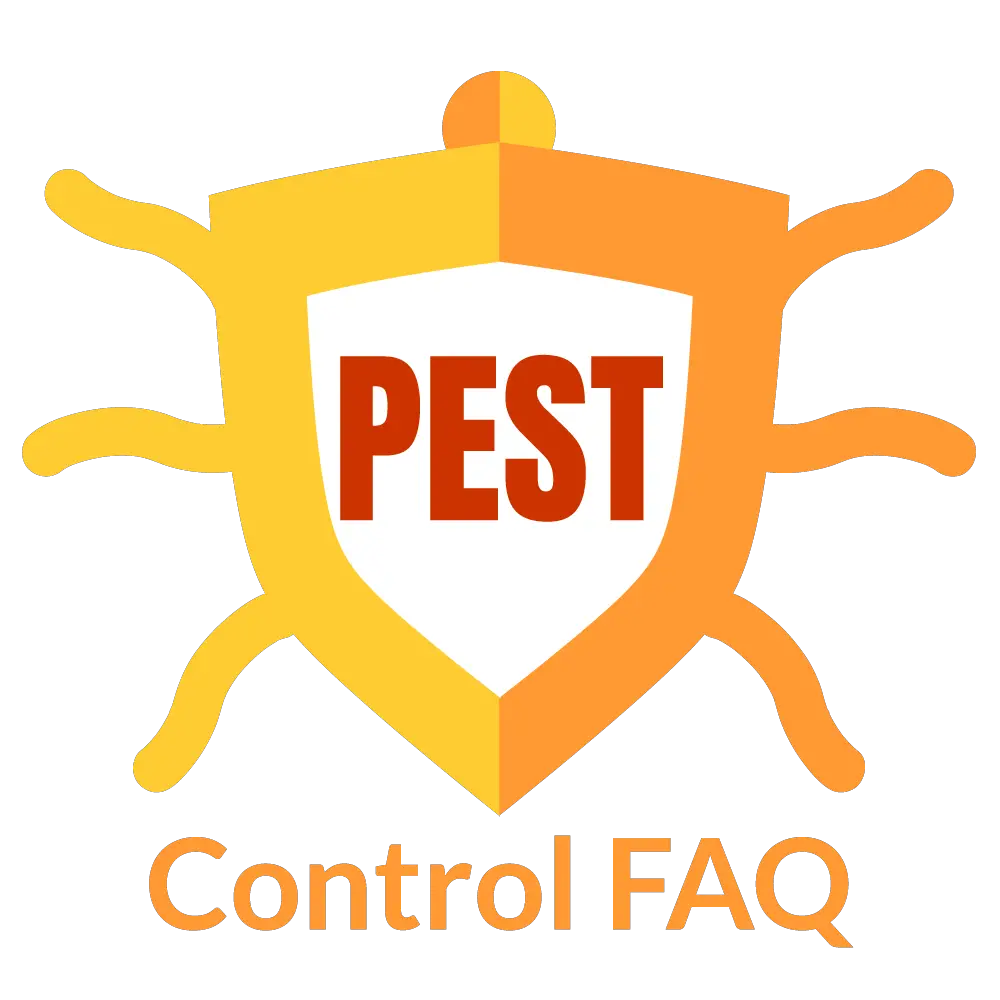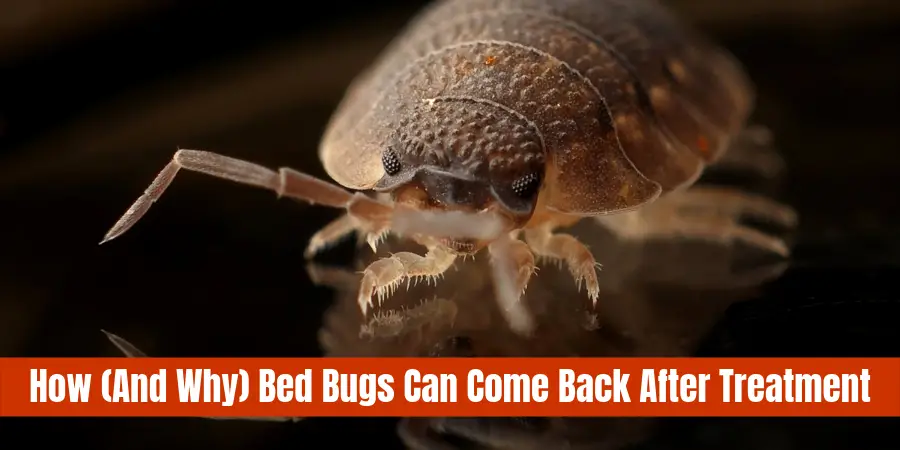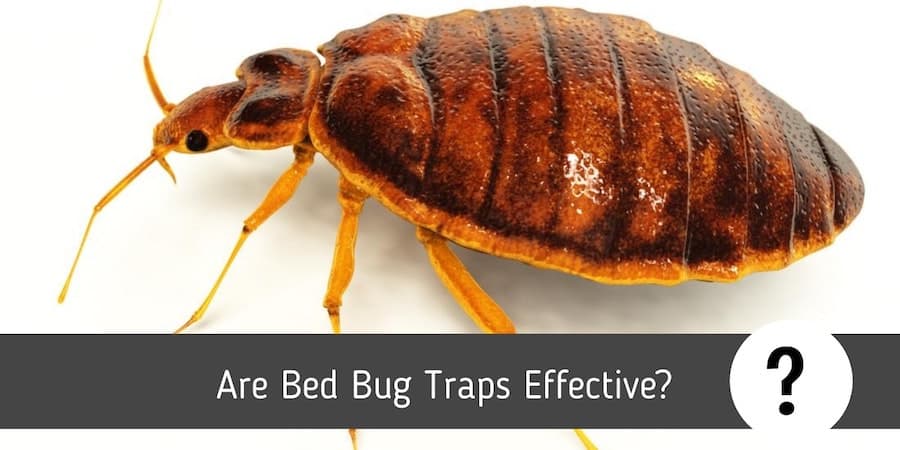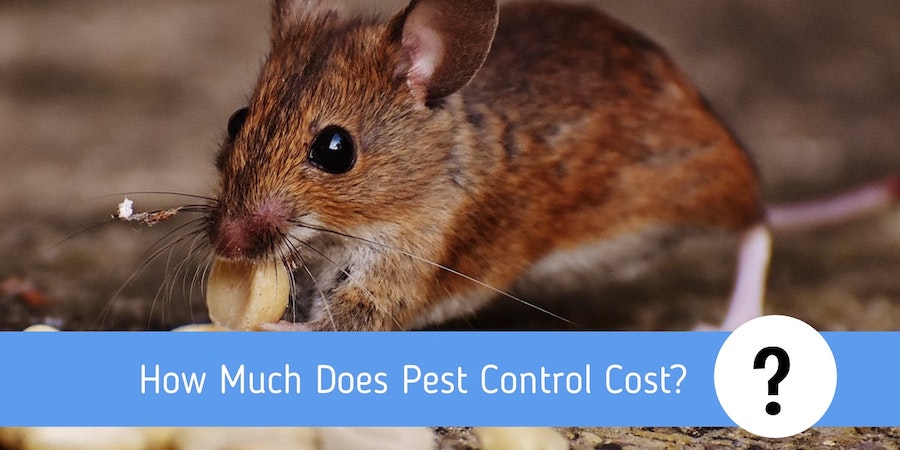Bed bugs can come back even after an infestation has been professionally treated. In fact, one pregnant female bed bug left behind can result in a re-infestation of 300 adults and 1,000 new eggs in just three months. Though bed bugs aren’t known to spread any disease, even a rumor of their presence can cause a public health crisis and a swift economic downturn for a business or establishment.
So, how and why do bed bugs come back after treatment? Bed bugs come back after treatment because it’s difficult to eliminate them all simultaneously, and if even one survives it can lead to a re-infestation. Bed bugs multiply quickly and can go for long periods of time without nourishment. They are tiny, resilient, and pervasive insects that often require multiple treatments to eradicate.
Often bed bugs are associated with squalor and dirty environments. However, since they live solely on blood, the cleanliness of their environment is immaterial. Unfortunately, bed bugs are as likely to be present in the cleanest of rooms as they are in filthy ones. Therefore, it’s important to understand the signs of bed bug infestation, treatment options, and their resistance to treatment.
Table of Contents
Reasons Bed Bugs Come Back
The most disheartening and difficult aspect of bed bugs as pests is that they are very likely to come back, even after aggressive treatment. The primary reason for this “return,” unfortunately, is that they were not entirely exterminated in the first place. A single surviving bed bug or viable egg can begin the entire infestation cycle again.
The biology of bed bugs makes them difficult to initially detect, prolific in reproducing, and resilient to treatment. Therefore, controlling bed bugs takes time, patience, and vigilance. Eliminating them altogether is extremely difficult and often requires numerous attempts and methods.
Rapid Multiplication
Bed bugs multiply rapidly. Each day bed bugs can lay between one and twelve eggs, and between 200 to 500 eggs across a lifetime. Other insects lay more eggs than bed bugs. However, bed bugs have the biological advantages of their tiny size and ability to hide.
With their rapid multiplication, by the time bed bugs are usually detected, their numbers have reached exponential growth, and the breeding cycle is in full effect. Since every viable bed bug, nymph, and egg must be terminated for full extermination, their rapid multiplication makes it difficult to achieve. As a result, it appears that the bed bugs come back even after treatment.
Sustainment and Resistance
Bed bugs can sustain themselves for long periods of time without nourishment. They prefer human blood but will bite almost any warm-blooded animal. Most evidence shows that at normal room temperature bed bugs can survive 2 to 3 months without blood nourishment. In colder areas, since bed bugs are cold-blooded, their metabolism slows, and they can live up to a year without feeding.
Bed bugs also develop strains that become resistant to pesticides. This can complicate the chemical treatment of infestations, making it seems as if the pests come back when they actually were never killed in the first place.
In addition, bed bug eggs are resistant to many methods of pest control—both chemical and non-chemical. Therefore, even if the adult population of an infestation is eradicated, there is a chance that the eggs will survive, hatch, and become viable breeders of new generations. This initiates yet again the cycle of infestation, detection, and treatment.
Incomplete Elimination
To successfully eliminate a bed bug infestation, every viable bug must be found and killed. This is an extremely difficult task considering the following characteristics of bed bug infestation:
- The tiny size of bugs
- Innumerable hiding places
- Difficult early detection
- Large population size
- Long sustainment without nourishment
- Resistance to treatment (pesticides)
Experts state that it is possible for individuals to completely eliminate bed bugs from a home. However, the process is time-consuming, arduous, and carries a low rate of success. The best course of action is professional intervention and treatment.
What Are Bed Bugs?
Bed bugs are tiny, oval-shaped, brown-colored insects that feed on the blood of animals and/or humans. Adult bed bugs are about the size of an apple seed, and their flat bodies swell and turn reddish after feeding. Immature bed bugs are called nymphs.
Female bed bugs can lay hundreds of eggs over a lifetime, each of which is nearly microscopic. With favorable conditions, these bugs can fully develop in about a month and are capable of producing more than three generations per year.
Bed bugs cannot fly, but they move quickly across floors, walls, and ceilings. Since they are so small, they are also able to hide in cracks and crevices of beds, bed frames, and other objects surrounding beds.
Transmission of Bed Bugs
Bed bugs often enter homes by hiding in tiny nooks within luggage, clothing, used furniture, and other items. They don’t build nests like ants or bees, but they do tend to live and hide in groups. By hiding in mattresses, box springs, bed frames, and headboards, bed bugs have easy access for biting people at night while they are sleeping.
Over time, bed bugs can scatter throughout the bedroom by moving into any available hidden location. They can also spread to nearby rooms or apartments, causing an infestation at the level of a public health crisis within a very short period of time.
Health Risks
Although bed bugs aren’t known to spread or carry disease, they can result in health risks. These insects are mostly only active at night and generally bite people who are sleeping. Bed bugs pierce the skin and take in the blood through their long beak. They will feed on you from 3 to 10 minutes and then crawl away once engorged.
Though most bed bug bites are painless at first, they often turn into itchy welts. They can be found on any area of exposed skin and somewhat resemble flea or mosquito bites. Since their bites are often attributed to something else, the infestation has generally taken hold by the time people realize the situation. In fact, to confirm bites are due to bed bugs, they must be found and identified.
Some of the health risks due to bed bugs are:
- Allergic reaction to bites, ranging from bitemark appearing on the skin to more severe reaction such as anaphylaxis
- Secondary skin infection from bite reaction or scratching
- Mental health impacts of living with infestation such as anxiety, insomnia, and stress
Compared to other insects, bed bugs don’t pose extreme health threats from a disease standpoint. However, they are definitely parasites and unwanted pests.
Infestation Signs
Often by the time bed bugs are detected, the infestation has already taken hold. One clear indication of bed bug infestation is waking up with itchy bites that were not present before sleep, especially if used beds or furniture are involved. Other signs of infestation are:
- Bloodstains on bedding
- Dark, rusty spots (bed bug excrement) on sheets, mattresses, bedclothes, or walls
- Remnants of eggshells or skins
- Foul, musty odor (from bug scent glands)
If an infestation is suspected, all bedding should be removed and checked for bed bug signs. Other areas to check thoroughly are dust covers, box springs, seams in the bed frame, and areas around the bed. Bed bugs can hide inside books, telephones, radios, carpets, and even electrical outlets. They can also attach to clothing, so closets, hampers, and dressers should be checked as well.
The thought of a bed bug infestation can be stressful and disturbing. However, the situation gets exponentially worse with time. Therefore, if there are any indications that bed bugs are present, it’s best to contact an exterminator for verification.
If the exterminator doesn’t find any evidence of bed bugs, that will bring peace of mind. If there are signs of infestation, treatment should begin immediately to eradicate the problem and prevent the return of the pests.
Treatment of Bed Bugs
Essentially, there are two strategies for treating bed bug infestation. There are chemical-based treatments and non-chemical-based treatments, yet the most thorough way to remove an infestation is a combination of treatments.
Using the standard cleaning method is helpful in controlling bed bugs; however, eliminating them generally requires chemical treatments as well. Heat is another method for killing bed bugs, but the high temperature must be prolonged and sustained, and pesticides are generally required for full eradication.
Regardless of the preferred method, the safest and most effective way to exterminate bed bugs is through hiring an experienced pest control professional.
Non-Chemical Treatments
The steps for non-chemical treatments take time, effort, attention to detail, and can be expensive. Most people prefer to utilize non-chemical treatment strategies for bed bugs with the consideration that chemical toxins would pose human health risks, particularly where people sleep. In addition, people feel non-chemical treatments are better for the environment.
Here are brief summaries of non-chemical treatments for bed bugs:
- Standard Cleaning Method
- Clean bedding, linens, curtains, clothing, and other soft materials in hot water and dry on the highest dryer setting. Items that can’t be washed should be run through the dryer on high heat for 30 minutes. Keep cleaned materials away from the infested area.
- Scrub mattress seams with a stiff brush to remove bugs and eggs.
- Vacuum bed and surrounding area frequently. Dispose of vacuumed remains in a plastic bag and place in outdoor garbage.
- Encase mattress and box springs with woven, tight, zippered cover to keep pests from entering or escaping for at least a year.
- Repair any wall cracks or wallpaper and eliminate clutter around the bed to eliminate hiding places.
- Once the infestation is eliminated, purchase a new mattress.
- Heat Methods
- Steam can kill bed bugs, larvae, and eggs. This treatment works best on items such as box springs, bed frames, bedding, and curtains without causing damage. However, steam is not a strong enough treatment to penetrate materials such as walls, etc., deep enough to kill hidden bed bugs.
- Home/building heat treatment is done by professionals with proper equipment. The basis of this method is raising room temperatures to lethal levels for bed bugs (at least 117 degrees Fahrenheit) in all indoor areas.
This method is considered effective when done properly, but often needs to be combined with pesticides as well. In addition, room and structural heat treatments can be expensive.
Though these treatments do not incorporate any pesticide use, they may not be entirely effective on their own without some support of chemical treatments.
Chemical Treatments
The Environmental Protection Agency (EPA) registers chemical products for use against bed bugs. Some are registered for use only by specially trained professionals, but most can be used by individual consumers. It’s important to do research and consult pest control professionals before using pesticides in the home for safety purposes.
There are 7 chemical classes of pesticides in use for bed bug control. Each chemical class utilizes a different action method for killing bed bugs. Unfortunately, bed bugs develop resistance to pesticides quickly, so a combination of chemicals may be necessary for effective treatment.
Here are the basic classes of chemical treatments for bed bug infestation and their methods of action:
- Pyrethrins/Pyrethroids: most common compounds used for indoor pest control. Pyrethrins are botanical insecticides that come from chrysanthemums and pyrethroids are their synthetic chemical counterparts. Both are lethal to non-resistant bed bugs, yet certain bed bug strains have developed resistance to these products which renders them ineffective for killing.
- Desiccants: these chemicals destroy the protective outer coating of bed bugs, causing them to slowly dehydrate and die. This physical model of action prevents bed bugs from becoming resistant to desiccants and they generally have a long-lasting effect for pest control. However, desiccants pose an inhalation risk to humans.
- Biochemicals: cold-pressed neem oil, from Neem tree seeds, are the only biochemical pesticide known to kill bed bugs, nymphs, and eggs.
- Pyrroles: Chlorfenapyr is the pyrrole pesticide used to kill bed bugs. This chemical compound is a pro-insecticide, which basically means that it creates a new chemical when in contact with bed bugs that disrupt certain cellular functions and leads to death.
- Neonicotinoids: used primarily against bed bugs that are resistant to other pesticides, these are synthetic forms of nicotine that act on the nervous system, causing nerves to fire continually until they fail.
- Insect Growth Regulators: chemicals that mimic juvenile growth hormones, these work by altering the compound of insect exoskeletons or interrupting adult development. Some growth regulators force insects to develop too rapidly, whereas others inhibit any development.
As with non-chemical treatments, often a combination of pesticides is required to rid an area of bed bug infestation. In addition, non-chemical treatments may be needed as well to help control the situation.
Any chemical treatments used in pest control create a human health risk, particularly in areas of high exposure such as a bedroom. Those who opt for pesticides to treat infestation should be vigilant in checking whether mattresses and other materials are safe to use once exposed to such chemicals.
Bed Bug Awareness and Avoidance
One way to avoid the return of bed bugs is to be aware of the potential problem and avoid bringing them into the home in the first place. Travelers shouldn’t be paranoid, but staying anywhere other than home creates risk for bed bugs to attach themselves to clothing, luggage, and other items.
Therefore, upon returning home from an overnight stay, people should carefully inspect their belongings before bringing them inside. Suitcases should be kept away from the bed, and travel clothes should be washed immediately. Items that can’t be washed should be run through a dryer cycle for 30 minutes on the highest heat setting.
People should also scrutinize anything that comes into their home for the first time, including furniture, clothing, stuffed animals, and anything that may have the potential to be infested with bed bugs.
Since early detection is instrumental, it’s advisable to inspect beds and bedding regularly. Not everyone reacts to bed bug bites, so it’s important to search for signs and physical evidence of these parasites to treat the problem as early as possible.
Hiring Professional Pest Control
Even the most conscientious person can bring a bed bug into a home and unknowingly cause an infestation in a very short period of time. Thankfully, there are professional pest control organizations that specialize in detecting, intervening, treating, and controlling bed bug problems.
Knowing how likely it is for bed bugs to “come back” after multiple treatments, hiring professionals to assess, treat, and maintain the pest control when it comes to bed bugs is the smartest and most effective decision. There is an expense for their professional service, and they may need to incorporate different treatments, multiple times, in order to completely eradicate every viable bed bug.
Most pest control agencies are aware of the persistent presence of such parasites and offer long-term participation and cooperation in ridding the home or business of the infestation. This would include periodic, follow-up visits and advice regarding pest control maintenance.
Though it’s difficult to consider the parasitic and resilient nature of bed bugs, it’s comforting to know that there are professionals who can help eliminate them so eventually, they don’t come back.





